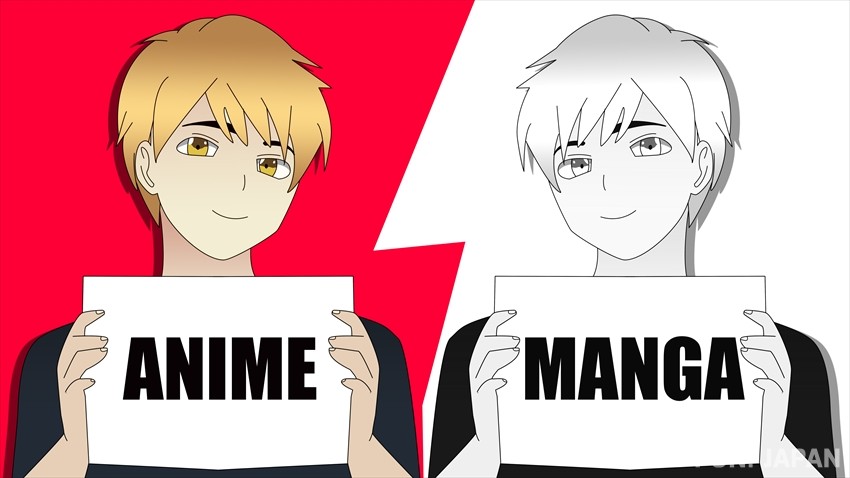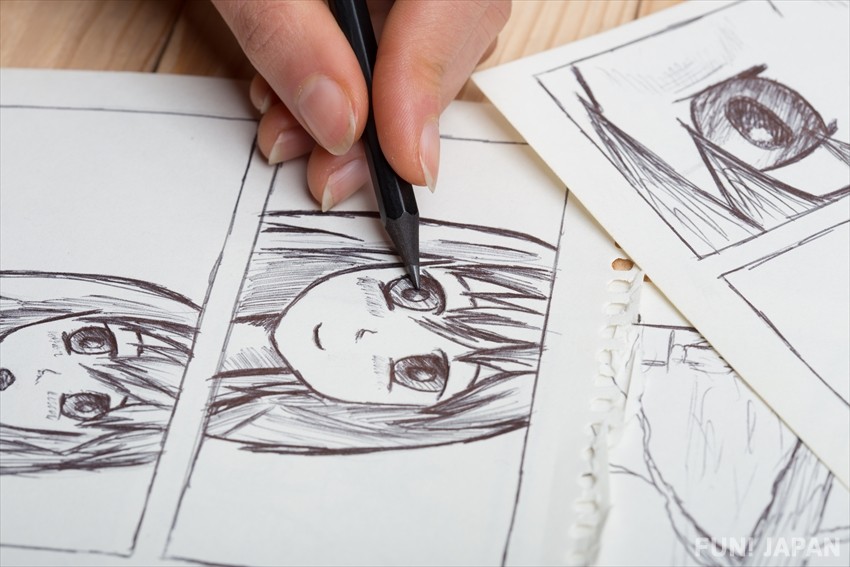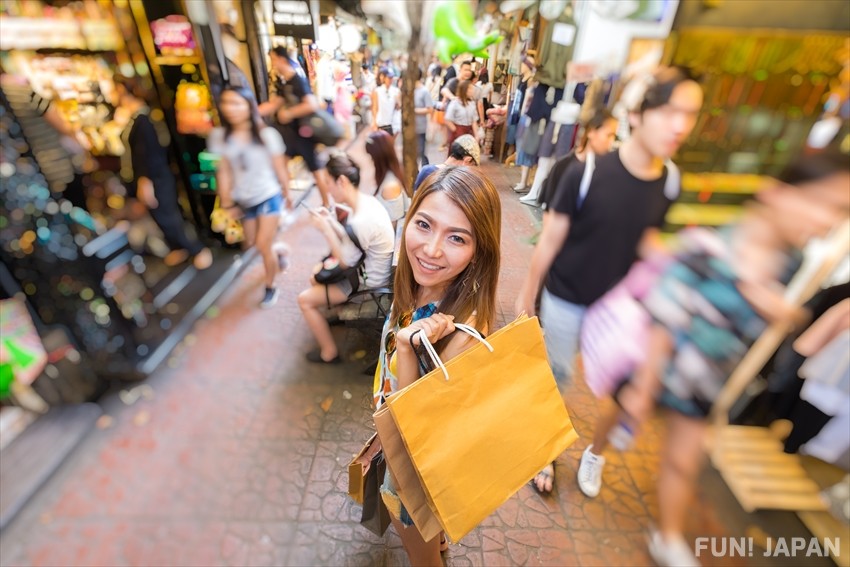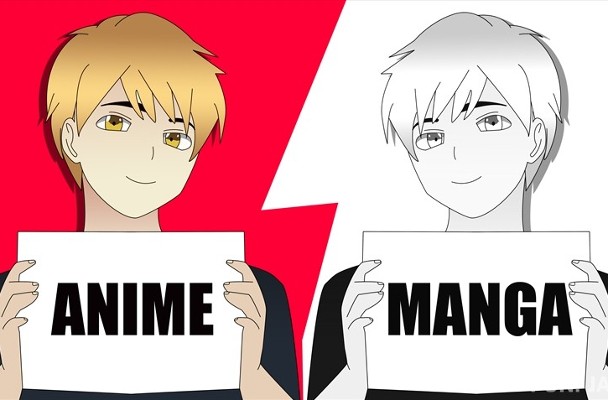
Appearing on manga covers across Japan, Gyaru are the blonde, tanned accessory-covered girls and guys catching the eyes of many graphic novel fans. Playing on their glamorous image and devil-may-care attitude, they’re often paired with a shy classmate for maximum effect. Delving into the world of manga with a gyaru-twist can be a great way to find new series to read.
Who are Gyaru?
Gyaru follow a relatively niche fashion subculture inspired by western-inspired feminine style, with bleached or dyed hair, tans and heavy makeup. While Gyaru means ‘girls’ or ‘gals’ it’s not just limited to women, with male followers called gyaru-o.
Started in the seventies and peaking in the nineties, the look has undergone changes and throwbacks, with blends combining other niche looks. They’re often seen as rebellious and unruly, with a bad reputation among older generations. There are no shortage of inspirational celebrities known for the look, with the first thought to be Pamela Anderson from the series Baywatch.
Different Gyaru Styles
While there are many different styles of gyaru fashion, the two main kinds are named after areas of Tokyo where fashion is key. Shibuya-kei girls are the original, with a street-inspired look and luxury brands. The Harajuku-kei girls are more flexible, mixing different looks and inspiration with the gyaru style.
As with all subcultures, there are many off-shoots and adaptations that develop over time. Some varieties depend on behaviour, such as oyaji-gyaru, who are more masculine in their language, or age, like Kogyaru, who are high school students. Clothing and make-up style can be a further factor, with sub-styles including Amekaji, Hime Gyaru, Shirogyaru and Gyaru-serebu - read our introduction to Gyaru for a full breakdown!
Gyaru Themed Manga

While Gyaru fashion had an impact on manga, the influence worked both ways. Popular Manga ‘Gals!’ had a major impact on gyaru trends and was entirely focused on the subculture. Written by shojo manga (teen girl manga) artist Mihona Fujii, it was published in the popular Ribon magazine at the peak of the gyaru era. While ‘Gals’ reigned in the late nineties, the following decade brought a revival of manga publications like ‘Gal Japon’ which also focused on gyaru life and was published in 2010.
There have been more recent additions to the gyaru manga catalogue, with a handful published in the past five years. ‘Hokkaido Gals are Super Adorable’, or ‘Dosanko Gyaru wa Namaramenkoi’ is a popular six-volume manga by artist Kai Ikada. Protagonist Tsubasa moves from Tokyo to Kitami, the author’s hometown in rural Hokkaido and meets Minami, a ‘gal’ who befriends him. Similar to many manga featuring ‘gyaru’ characters, Minami wears short skirts, dyes her hair and is portrayed as flirtatious and roguish, but with a good heart. ‘Yancha Gal no Anjou-San’ is a similar manga, started in 2017 and still being published today, with a gyaru-befriends-boy plotline.
Gyaru Fashion Magazines

Alongside manga, gyaru culture was a major focus of fashion magazines in Tokyo in the nineties and early 2000s. Egg Magazine was a bible for gyaru in the capital, while Vivi magazine was a handbook for the latest fashion trends, later giving way to Vogue Girl Japan. Koakuma Ageha was a particularly stylish magazine promoting their own inspired style of Gyaru, known as Agejo. Mainly a style associated with hostesses, it has an alluring, mature look with a connection to the darker side of life. There are a number of popular sister magazines including ‘Ane Ageha’, aimed at those in their late twenties, ‘Kimono Ageha’ focusing on kimono style and ‘I Love Mama’, which celebrates gyaru mamas.
Gyaru Themed Anime
While not as popular as gyaru-manga, there are still an impressive amount of anime focusing on or featuring gyaru culture. Often highlighting the provocative outfits and flirtatious nature of gyaru, the characters are a mix of mischievous and fun.
Focusing on one of the Gyaru substyles, hime-gyaru (a Rococo-gyaru mix), Hime Gal Paradise was one of the most popular anime series featuring gyaru characters. Initially released in 2009, it flips the common narrative of gyaru as unusual and drops a regular high school student into a high school filled with gyaru. The story has a romantic focus and was originally a manga.
As well as following the story lines and fashion-styles of anime, the voice actresses were an influential part of gyaru anime. Ai Matsumoto and Shiina Hikari rose to fame as voice actresses, models and idols with a strong following among the anime fans. As well as creating the theme song and acting in ‘Donyatsu’ Shiina was a model in key fashion magazine Egg and Men’s Egg as well as Pop Teen, often in cosplay and creating a crossover between anime and gyaru style.
As with the many manga appearances, the gyaru characters of anime are often portrayed as overtly-sexualised, meaning a lot of the content was not always suitable for a younger audience. The crossover into erotic manga and anime is common, and should be considered for younger readers.

Comments